SUMMARY
This is AI generated summarization, which may have errors. For context, always refer to the full article.
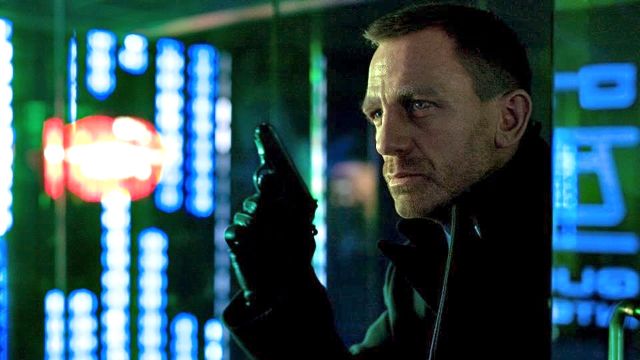
MANILA, Philippines – Skyfall, which opens on the 50th year of Bond in cinema, is not only a fitting entry, but pushes the franchise bravely into the future.
It draws upon the rich Bond lore, questions its relevance, goes to its roots and shows us where it could go.
All this while delivering one of the best and most memorable Bond flicks ever.
The opening we know
The opening set piece feels like classic Bond: exotic locale, high octane chase, intense fighting and Bond exuding cool.
When a train breaks open and Bond jumps into the car right in time, the back end of the train is wrecked in the background but Bond stands up straights, fixes his cuffs and walks forward like nothing happened, it is one of the coolest cinema moments.
More classic Bond can be had from the OBB when we have a series of psychedelic images that hearken back to the early flicks while adding a modern sheen to it all.
The Bond we sort-of know
From there, though, we get a break from tradition and Bond is shown as something that some of us have probably thought of him, but hasn’t really been expressed in the films:
He’s a washed-up drunk. He literally washes up on a beach. He gets it on with the ladies, of course, ‘guess that doesn’t change.
But he’s on drink and pills, his nerves are shot and he is far from his old self.
Of course this plays on two levels — there’s the reality of the film where Bond has to contend with being older and having to play a young man’s spy game (more in this later, suffice to say that we contend with hipster Q and cyberterrorism); and then there is the reality that we have of film history.
The Bond history may not necessarily work on the “reality” level — for example, the classic Aston Martin with guns and rockets makes an appearance, and this kind of vehicle does not belong in the world that the Daniel Craig Bond necessarily inhabits.
When you do the math it certainly doesn’t add up; but it allows us to read into our relationship with the character and consider whether we, too, are attached to Bond merely for nostalgia and a past fondness or because it can still tell us stories that excite us.
Daniel Craig’s run as James Bond has been a subversion — most considered his mere casting as such — a chance to push Bond into a post-Jason Bourne/Ethan Hunt spy world.
Wear and tear
What Skyfall is when it is at its best, is a classic Bond film with the exotic locales, pretty girls, casinos, martinis and smarmy villain with convoluted plot, but with a twist, with a clear plan.
In that way, it plays with everything that makes this franchise a classic, and shows us just the right amount of both old and new.
Among the things I appreciated was that while it shows us exotic locales like Turkey, Shanghai and Macau, we are mostly in London and we culminate in the Scottish countryside. Those two locations are a far cry from what we come to expect from the big ending set pieces of previous Bond flicks — I can’t stop thinking when I am grabbing for an example of the space station at the end of Moonraker — and yet they fit perfectly in this film.
Skyfall shows us not only a weathered Bond, but also M and MI6 all under attack, pushed against the wall, and grasping to figure out what they are to do as an unknown enemy keeps pushing and their own government questions their relevance.
In the opening sequence a list of MI6 agents who are in deep cover falls into enemy hands and said enemy threatens to release 5 names each week. It’s a pretty simple set-up, one that will be turned on its head once we meet this flick’s big bad Silva played by Javier Bardem.
But even at the onset, we see that this movie raises lots more questions than any of its predecessors.
We get all the flash and panache of Bond, but then are asked: What is its relevance in a post-Cold War world?
In a time after 9/11, where Cybercrime and White Collar Crime can do more to topple governments and economies than a madman with a bomb ever could, in a world where conflicts know no national boundaries, what is the role of the cloak and dagger spy?
Where does James Bond — and in the state that he is in: old, alcoholic, seen as obsolete — fit in? What is his place?
The answer: Old dog, new tricks. And my, my, these tricks are something to watch.
Amplified effects of great direction
I won’t spoil any of it here, but the action sequences here are well-staged.
While they are not extremely innovative, they have great impact and are directed for maximum excitement.
The hands at the helm feel both classic and classy, and director Sam Mendes should be given a lot of credit here because not only is this Bond movie narratively engaging; it is also visually amazing.
I felt like pulling out a film studies book and listing down all of the different techniques that Mendes employs to push the story forward and to tell the story on a visual level. We know Mendes is great with images, and he plays that up here.
There are two themes that come up in the story: One is that of rats in a barrel and the other is the need to embrace the darkness and the shadows if we are to have light. He takes these two themes and represents them visually, and uses them often and to good effect.
The rats theme is played up with many scenes underground and characters running and scurrying about, often with no apparent order or pattern. And the shadows motif is highlighted by Mendes’ outstanding use of chiaroscuro.
Standout is the Shanghai punchout that’s dark in the foreground and backlit by advertisement lights outside. It’s just visually refreshing stuff, great to look at and admire. The shadows and light and dark come out throughout the movie, never feeling heavy-handed or forced, but there done just perfectly.
If you’re nerdy enough about it — sure, there aren’t that many, but hey I am and I’m sure a number of you are, too — you might want to go through a screening just paying attention to the techniques. I was thinking this might be the kind of film you could sit people in front of and use to teach film, because it applies all these techniques but is also extremely entertaining and watchable.
The ‘stroking’ villain
Adding to the watchability and entertainment (and probably an integral part of it) is Javier Bardem’s Silva.
He is easily one of the best Bond villains. I’ll have to go through the Rogues Gallery again before I call him the best, but he has a shot at it. He’s got all of the villain stuff going for him, funny accent, convoluted scheme, homoeroticism, goons and he’s a total nutter. He’s hard to describe on the page, especially with the job that Bardem has done in making him such a character in the time he is onscreen.
But this is no goatee-stroking (though he does wind up stroking Bond himself) villain; this is someone who is truly disturbed and off his rocker. He is frightening not in some grand vaudevillian way, though he does have his theatrics.
What makes him scary is what he is capable of and also what might be going on in his head. It’s revealed to us not only in the way that he says things, but in the kind of shaky, just at the edge way that he has about him. It’s like he could go nutso at any point and off everyone. Or he could hang back with you and have a drink.
Now imagine having that drink. That’s scarier than him shooting up a place.
And there you have your great villain.
The verdict:
All these things come into the mix to deliver what is arguably the best Bond film ever. We have to acknowledge that it rides on so much tradition, all the spy movies that have come before, those that have redefined the genre and of course Bond films themselves.
But taking all of those great elements and then coming up with something new and great and exciting — that is what Skyfall does. The only concern I had coming out of the theater was, wow, where do you take us next?
It’s a question whose answer I am excited for. – Rappler.com
Carljoe Javier teaches at the UP Department of English and Comparative Literature. He has written a few books, most recently the new edition of The Kobayashi Maru of Love available from Visprint Inc. and the upcoming Writing 30 available as an ebook at amazon, ibookstore, b&n and flipreads.com.
Add a comment
How does this make you feel?
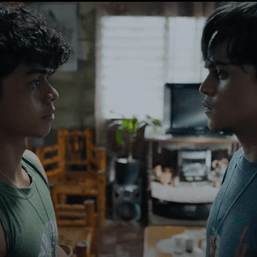
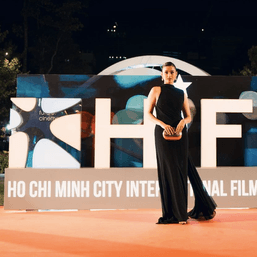
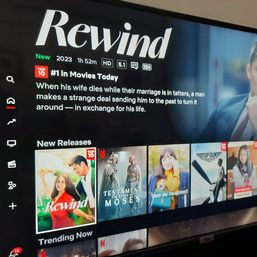


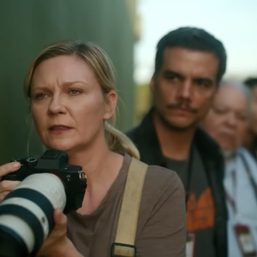
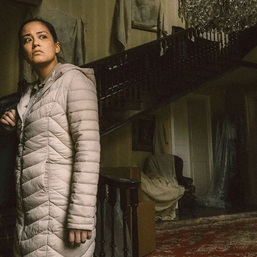
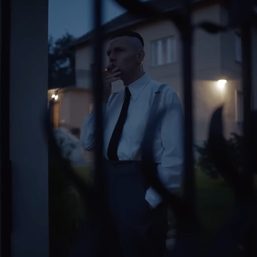

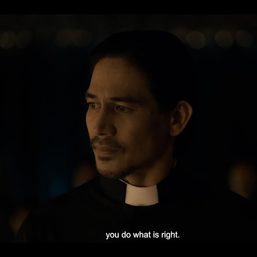
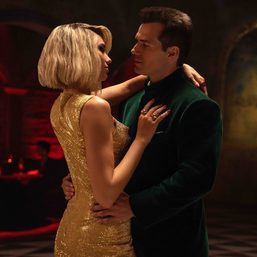


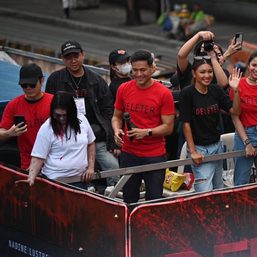
There are no comments yet. Add your comment to start the conversation.